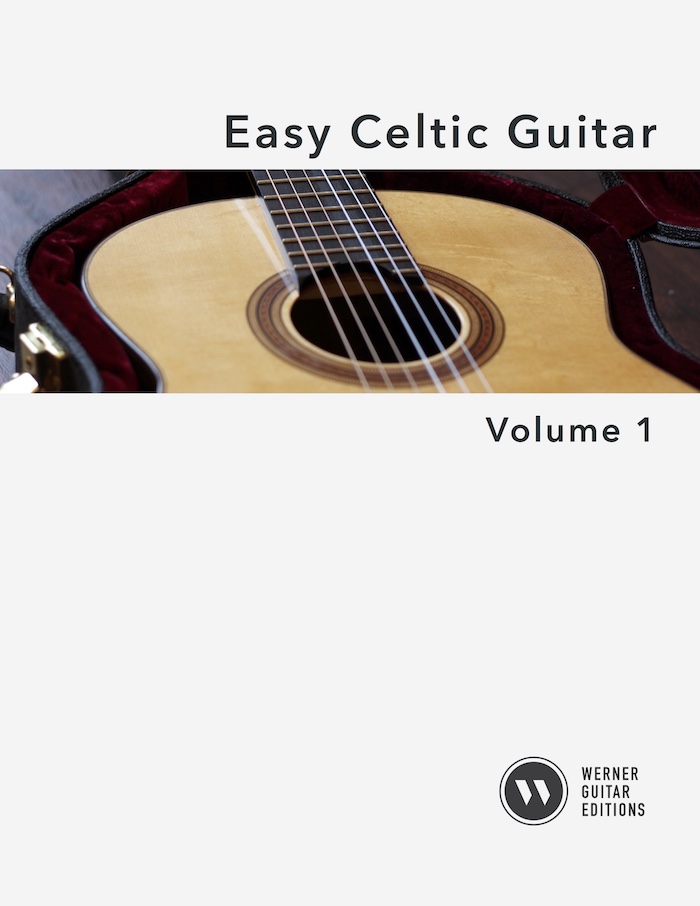


These styles are known because of the importance of Irish and Scottish people in the English speaking world, especially in the United States, where they had a profound impact on American music, particularly bluegrass and country music.

However, these are modern geographical references to a people who share a common Celtic ancestry and consequently, a common musical heritage. The definition is further complicated by the fact that Irish independence has allowed Ireland to promote 'Celtic' music as a specifically Irish product. Often, the term Celtic music is applied to the music of Ireland and Scotland because both lands have produced well-known distinctive styles which actually have genuine commonality and clear mutual influences. These two latter usage patterns may simply be remnants of formerly widespread melodic practices. By more than one Celtic language population belonging to different Celtic groups.The relatively wider tonal intervals in some songs make it possible for stress accents within the poetic line to be more in keeping with the local Celtic accent.It is easier to anticipate the direction that the melody will take, so that harmony either composed or improvised can be introduced: clichéd cadences that are essential for impromptu harmony are also more easily formed.Melodic variation is widely used in Celtic music, especially by the pipes and harp. Melodic variation can be easily introduced.There are a number of possible reasons for this: It is common for the melodic line to move up and down the primary chords in many Celtic songs.Celtic harp performed at a Celtic festival in 2010


 0 kommentar(er)
0 kommentar(er)
